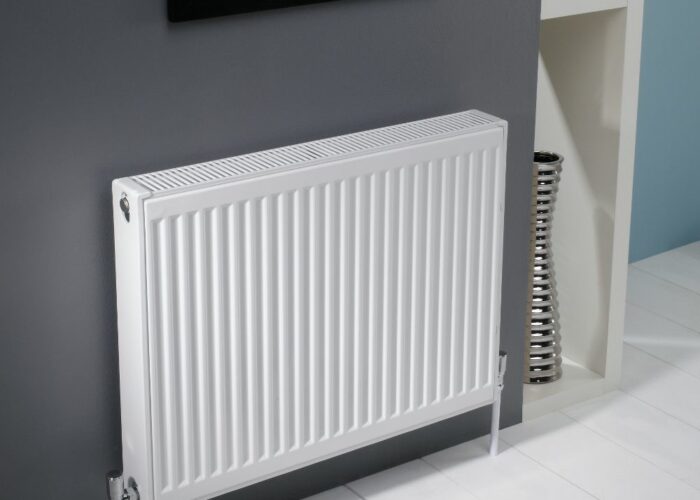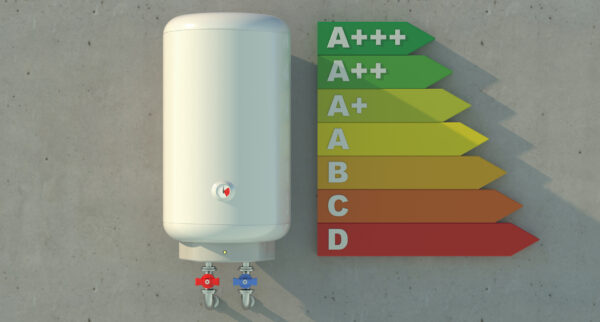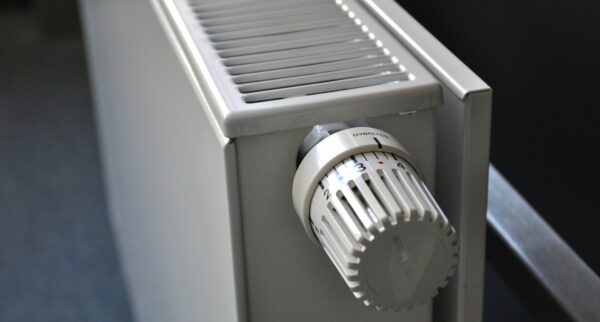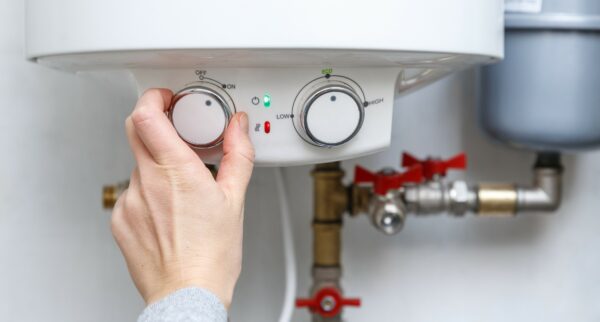Call us today 0207 32 32 999
Written By: JustBoilers.com Experts | Last Updated: January 2022
Table of Contents
ToggleHow to Manage Central Heating Balancing for House Radiators
Where would we be without our central heating and double, or triple glazed windows in winter? The chances are we’d be feeling very chilly indeed. But did you know that many of us are still not making full use of the central heating systems we have, simply because they’re not balanced properly?
Heating systems must be balanced in order to work as effectively as possible. The central heating systems generally in use in the UK pump hot water from a central boiler through radiators in each room. This heat transfers through the hot radiator casings to the air beyond and warms the room. Thermostats then control the temperatures of individual radiators by admitting more or less water to them.
All the radiators in a house usually get their hot water via their thermostats from a single pipe looping through the building from the boiler and back to it again. The heat and pressure of the water drops as it passes through the system. Hence the final radiator in the building has less heat available than the first. Radiator balancing counters this by making a series of adjustments from the beginning to the end of the system. That’s why central heating balancing is so important in ensuring your heating is working as well as it possibly can.
How to Balance Central Heating : Guide to Balancing Radiators
Balancing radiators whether it’s house radiators or knowing how to balance radiators in a bungalow, should be within the capabilities of a competent DIY person with a good working knowledge of UK plumbing. However, if you attempt this you will need an assistant, and a digital thermometer (or a multi-meter with a thermometer function). Please be aware of the following risks:
• Radiators get hot. You could receive skin burns if you rest your hand on one for more than a few seconds
• Inadvertently loosening the wrong joint could release a blast of scalding water on your chest, face or eyes
• The water will flood the room, damaging your precious possessions. Hence the need for an assistant to turn off the supply
• Resulting injuries and material losses may not be in the remit of your medical and household insurance
Hence we recommend you ask a reputable plumber to do your load balancing. Please ask them to confirm they are on the register of the Chartered Institute of Plumbing and Heating. This allows them to work on the radiators and pipes only. They will also need to be on the Gas Safe Register to work on the boiler and gas connections. This may not be essential in the case of a straightforward radiator balancing job but is advisable.
How To Balance Radiators without Mess or Fuss
STEP ONE – Bleed the Radiators
Air can enter a closed radiator system when topping it up, or via the spinning action of the heating pump. When air is trapped in individual radiators they become cooler at the top than the bottom. We can fix this problem first by ‘bleeding’ the air out the radiators by opening their bleed valve.
First, we turn the central heating system off to allow it to cool. We begin with the radiator at the start of the system, and work our way through to the end bleeding as we go. Have a supply of towels handy should you attempt this yourself. An old system especially may contain dirty water, and this is not what you want to find on the carpet after radiator balancing.
STEP TWO – Test the Central Heating System for Thermal Performance
First we open all the radiator valves fully to allow the maximum amount of water to flow through the pipes. Then we turn the central heating on and carefully note the order in which the individual radiators heat up. This should be along the path of the supply pipe. If not, there may be a blocked radiator or a faulty valve that needs replacing. When we have completed this step we allow the system to cool down again.
STEP THREE – How to balance central heating
We’ll assume the radiators warmed first at the start of the system, and last where the water re-enters the central boiler. If this is not the case, then start with the radiator that heated up first.
First, we turn the central heating system on again at the control panel. Next, we close the control valve on the designated radiator, and then open it a quarter turn. Once the unit has heated up, we use a digital thermometer to check the difference between the valves at either side of the radiator. It should be 12 degrees Celsius. If it’s not, we can adjust the control valve to achieve this.
We repeat the process until we get the same performance readings throughout the system. We have to progressively open the individual controls more, because the water is cooling along the line. We now have a finely-balanced central heating system.
Two Good Reasons why Central Heating Balancing is Important in the UK
Moving between varying temperatures in rooms can encourage chest infections in winter. The British Lung Foundation suggests keeping your home warm at a consistent 18°C (64°F) throughout. But fine adjustments like these are only possible if you’re able to balance your central heating, particularly as heating systems age.
Moreover, a home is more welcoming when coming in from the chill on a cold winter’s day. It is such a pleasure being able to move from room to room, and between upstairs and downstairs without wanting to remove, or add an extra layer. But that’s not the only reason to consider balancing the radiators in your home. There’s also the cost of heating your home to consider. Did you know that balancing house radiators can save you money?
Save on heating costs
If you don’t regularly practice central heating balancing, then your home will be heated inefficiently. If some rooms are cooler, then they are bleeding heat from the warmer ones, to cover this energy transfer and loss, you might have to have your heating on for longer, or at a higher temperature. This will inevitably increase your heating bill, and over time the price difference can become quite significant.
Balance your heating system to ensure it’s working as effectively as possible, and you’ll reduce the price of your bills while keeping your home just as comfortable and warm as it always has been.





